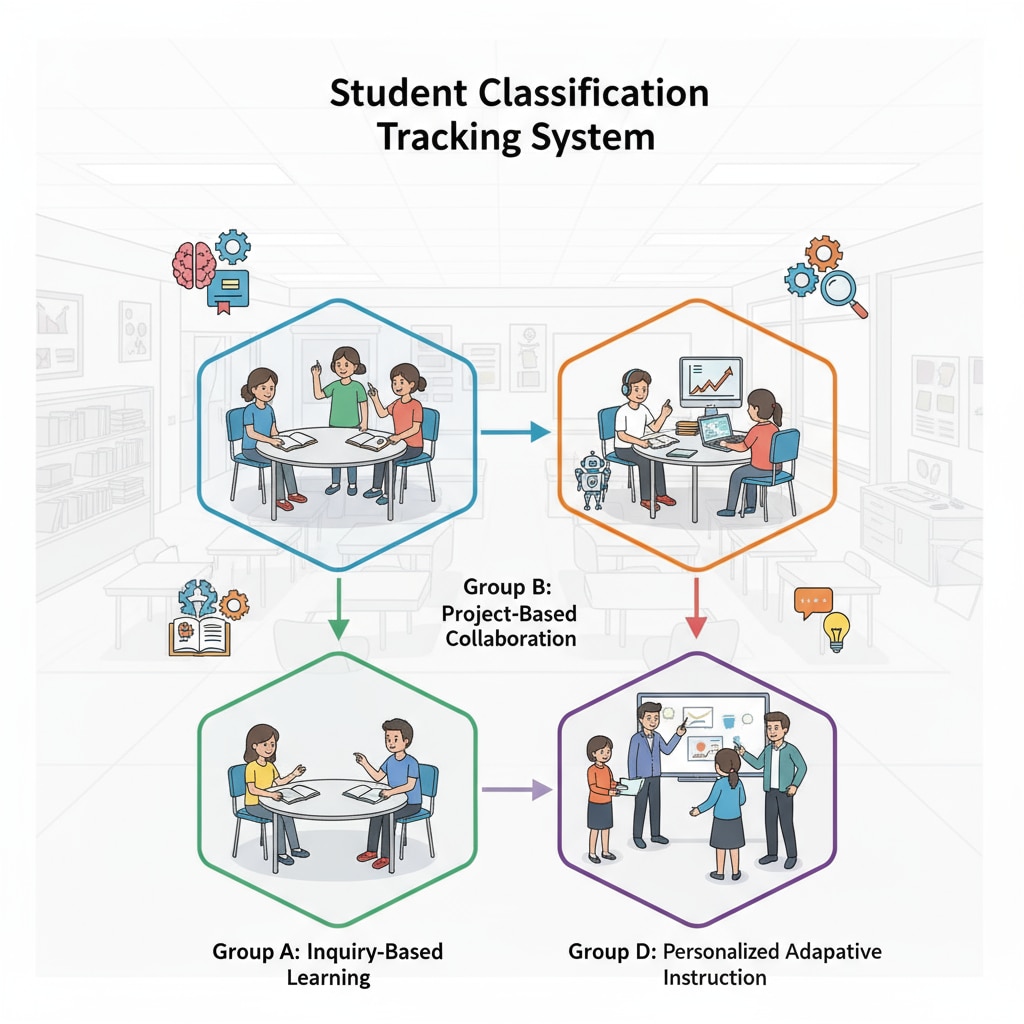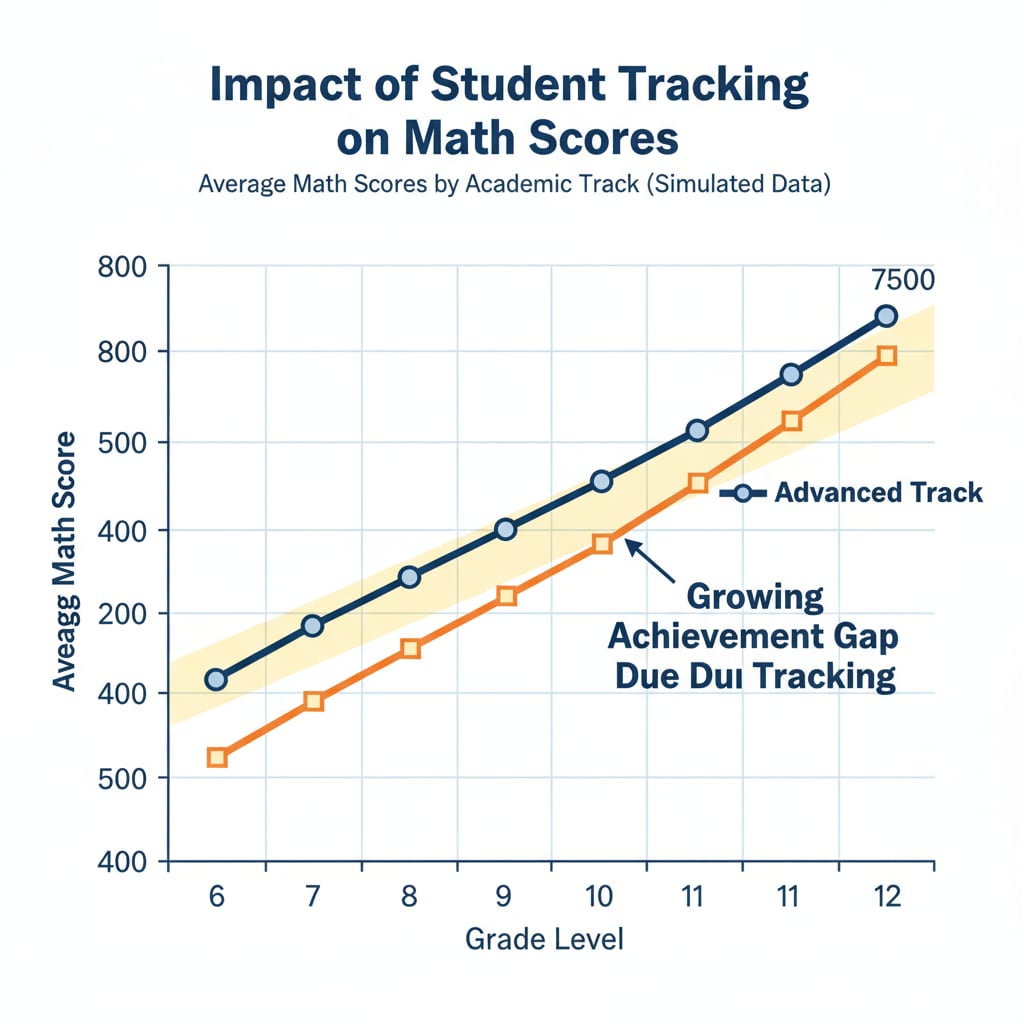In the realm of K12 education, the issues of teacher shortages, student classification tracking, and math education are intertwined in complex ways. Student classification tracking systems, which aim to group students based on various criteria, have long been a part of the educational landscape. However, these systems may be having unforeseen consequences, especially when it comes to the growing teacher shortage problem.

The Impact of Student Tracking on Educational Inequality
Early student tracking often leads to educational inequality. When students are prematurely sorted into different learning tracks, those in the lower tracks may receive fewer resources and less challenging instruction. This is particularly evident in math education, where students in lower tracks may not be exposed to advanced concepts. As a result, they may fall further behind, creating a cycle of disadvantage. For example, a study by the National Center for Education Statistics NCES on student achievement found that students in lower tracks had significantly lower math scores over time.

The Strain on Teacher Resources
In addition to inequality, student tracking also places a strain on teacher resources. Teachers are often required to manage multiple groups with different levels of proficiency. This means preparing different lesson plans, providing individualized support, and assessing students at various levels. With a shortage of teachers, this added workload can be overwhelming. According to a report from the American Federation of Teachers AFT on teacher shortages, many educators are leaving the profession due to excessive workloads.
Another aspect is the need for specialized training. Teachers who handle different tracks may need additional training to effectively teach students with diverse needs, especially in subjects like math. However, with limited resources and time, this training may not be adequately provided, further exacerbating the problem.
To address these issues, a shift towards data-driven personalized support could be the solution. Instead of relying on rigid classification systems, educators can use data analytics to understand each student’s unique learning needs. This way, they can provide targeted instruction and support, reducing the pressure on teachers and promoting more equitable education.
Readability guidance: As seen above, we’ve used short paragraphs to convey information clearly. Each H2 section has key points presented in a straightforward manner. The use of transition words like “however”, “in addition”, and “for example” helps the flow of the text. Passive voice has been minimized, and sentences are kept within the desired length range.


